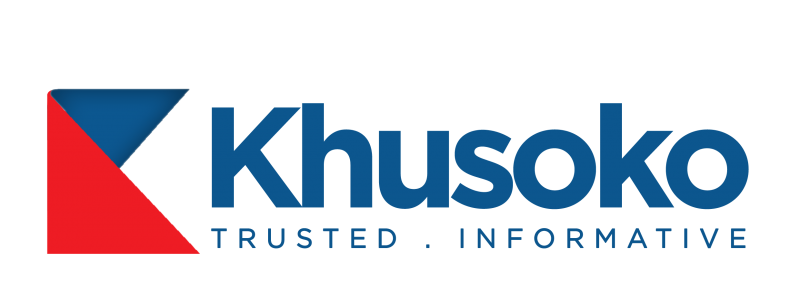This content has been archived. It may no longer be relevant
The International Monetary Firm (IMF) has said it will resume discussions with Kenya on how to secure a $1.5 billion new standby credit facility early next year.
In its report after a recent visit to Kenya – November 18th – 22nd, 2019- led by Benedict Clements, to discuss recent economic developments and the government’s reform plans, the team said “Real GDP growth averaged 5.6 percent in the first half of 2019 and is expected to accelerate in the second half of 2019 and 2020.”
Mr. Clements in a statement: “Kenya’s economy has continued to perform well. Real GDP growth averaged 5.6 percent in the first half of 2019, despite the late-onset and below-average rainfall that affected agriculture production. Growth is expected to accelerate in the second half of 2019 and 2020. Inflation has remained within the target band and stood at 5.0 percent in October (year-on-year).”
Another mission is planned in early 2020 to hold discussions on a new precautionary stand-by arrangement and undertake the Article IV consultation discussions.
The IMF has been against the rate caps which have now been repealed because banks have not been lending to the MSMEs and have opted on lending to the government and other corporates.
It now stated that “elimination of the interest rate controls will also provide greater flexibility for monetary policy”.
“The current account deficit has narrowed, and foreign exchange reserves are adequate. Credit growth has remained low (6.6 percent year-on-year in October) but is expected to rise steadily because of the recent elimination of interest rate controls and the deployment of innovative credit products targeting small enterprises. The staff welcomes these reforms, which will support higher and more inclusive growth.”
Dr. Patrick Njoroge, Central Bank of Kenya Governor said the repeal has provided “clarity” to the Monetary Policy Committee (MPC).
READ:
In July, Njoroge indicated they needed the credit facility for ‘extreme cases’ where policy and reserves will not be enough to cushion the economy.
“If you are to get a shock, you go through all the buffers. You will start with policy and other immediate buffers before you dig into your reserves. In an extreme case, you go to the IMF facility,” Njoroge had told the media. “We need it for extreme cases.”
IMF’s standby credit facility of $494.9 million expired in March 2018.
In October, the World Bank and the IMF in their economic outlook for Kenya, both are optimistic about the country’s growth prospects projecting growth of 6.0% and 5.3% in 2020 respectively.
READ:
They attributed this to normal weather conditions, a pick-up in private consumption and investments and limited spillover from the anticipated global slowdown.
The team met with the Cabinet Secretary for the National Treasury, Mr. Ukur Yatani; the Governor of the CBK, Dr. Patrick Njoroge; the Head of the Public Service, Dr. Joseph Kinyua; the Principal Secretary for the National Treasury, Dr. Julius Muia; the Deputy Governor of the CBK, Ms. Sheila M’Mbijjewe; and senior government and CBK officials.
